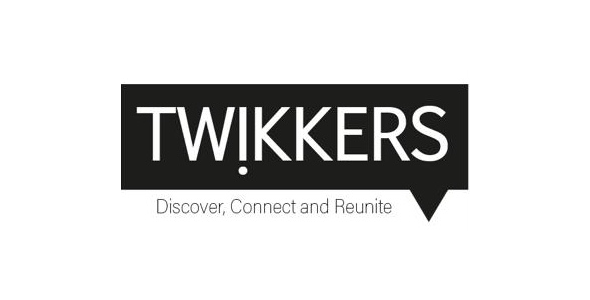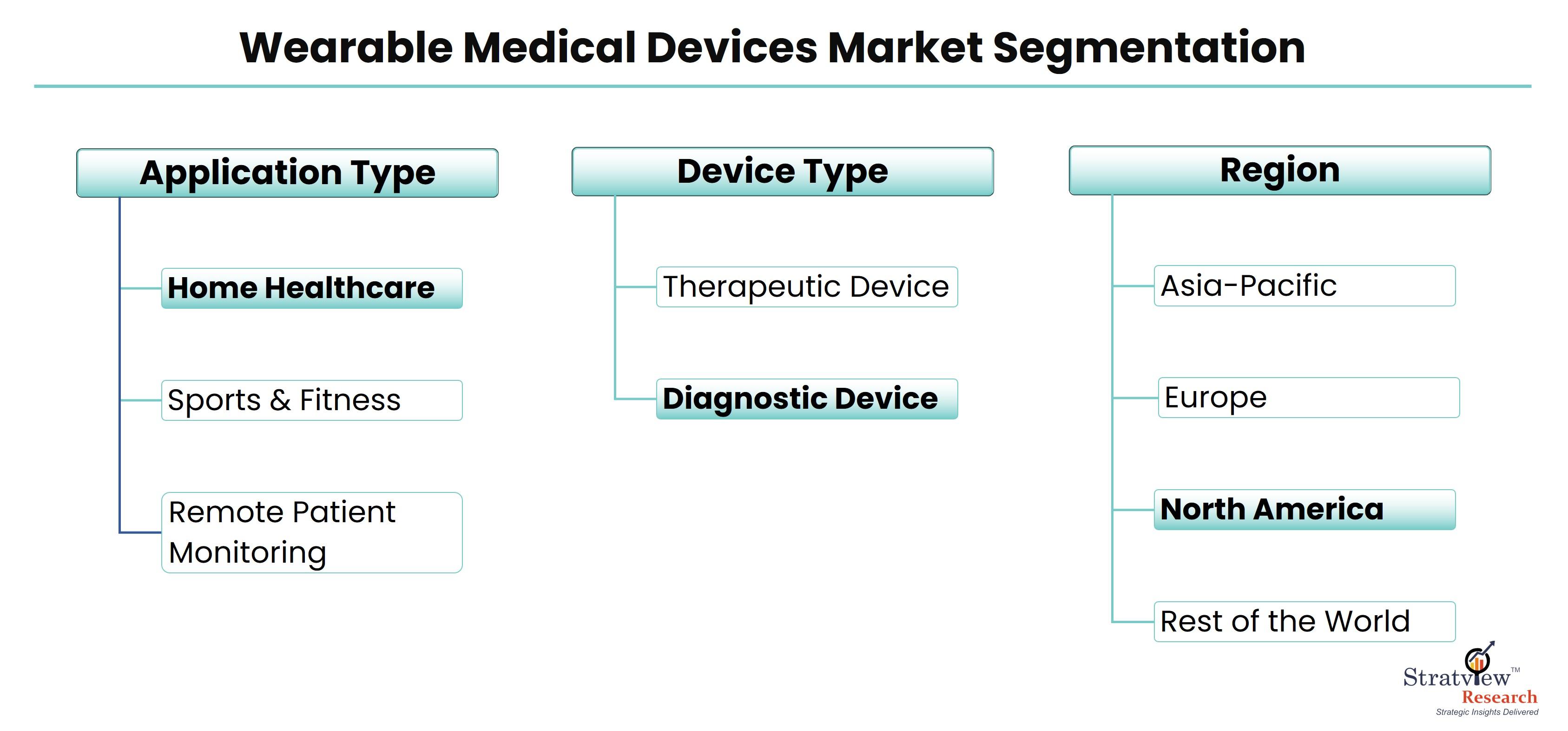According to Stratview Research, the wearable medical devices market was estimated at USD 26.6 billion in 2022 and is likely to grow at a CAGR of 23.7% during 2023-2028 to reach USD 95.4 billion in 2028.
In an age where technology intersects with healthcare, wearable medical devices are at the forefront of revolutionizing the way individuals monitor and manage their health. These innovative devices, ranging from smartwatches and fitness trackers to medical-grade sensors and patches, offer unprecedented opportunities for real-time health monitoring and personalized wellness insights. As we look ahead, the wearable medical devices market is poised for exponential growth, with exciting developments on the horizon that promise to redefine the future of health monitoring.
Advancements in Sensor Technology
Central to the evolution of wearable medical devices is the continual advancement in sensor technology. Miniaturization, increased sensitivity, and enhanced accuracy of sensors have enabled the development of devices capable of monitoring a wide range of physiological parameters with clinical-grade precision. From heart rate and blood pressure to blood glucose levels and oxygen saturation, wearable sensors are becoming increasingly sophisticated, providing users with actionable insights into their health status.
Integration of Artificial Intelligence and Machine Learning
The future of health monitoring lies in the seamless integration of wearable devices with artificial intelligence (AI) and machine learning algorithms. These advanced technologies analyze vast amounts of data collected by wearable sensors to detect patterns, predict health outcomes, and provide personalized recommendations. AI-powered algorithms can identify subtle changes in health metrics, alert users to potential health issues, and offer tailored interventions to optimize health and well-being.
Expanded Applications Beyond Fitness Tracking
While fitness tracking remains a popular application of wearable devices, the future of health monitoring extends far beyond counting steps and calories. Wearable medical devices are increasingly being used for the management of chronic conditions such as diabetes, hypertension, and cardiovascular disease. Continuous glucose monitors, blood pressure monitors, and cardiac rhythm monitors provide individuals with real-time data to manage their conditions more effectively and proactively.
Remote Patient Monitoring and Telehealth
The COVID-19 pandemic has accelerated the adoption of remote patient monitoring (RPM) and telehealth services, driving demand for wearable medical devices that enable virtual healthcare delivery. Remote monitoring of vital signs and health metrics allows healthcare providers to remotely assess patients' health status, track disease progression, and intervene when necessary. Wearable devices connected to telehealth platforms facilitate virtual consultations, enabling patients to receive timely care and support from the comfort of their homes.
Personalized Wellness Insights and Preventive Healthcare
In addition to monitoring specific health conditions, wearable medical devices offer personalized wellness insights and support preventive healthcare efforts. Advanced analytics algorithms analyze users' data to provide actionable recommendations for improving sleep quality, managing stress, and achieving fitness goals. By empowering individuals with personalized insights and coaching, wearable devices promote proactive health management and disease prevention.
Addressing Challenges and Embracing Opportunities
While the future of health monitoring holds immense promise, it also presents challenges that must be addressed. Data privacy and security, regulatory compliance, and interoperability issues are among the key considerations facing the wearable medical devices market. Moreover, ensuring the accuracy, reliability, and usability of these devices is essential to their widespread adoption and acceptance.
Despite these challenges, the wearable medical devices market is poised for exponential growth, driven by advancements in sensor technology, AI-driven analytics, and the growing demand for remote monitoring and telehealth solutions. As wearable devices become more sophisticated, affordable, and user-friendly, they will play an increasingly integral role in empowering individuals to monitor and manage their health proactively, leading to improved outcomes and enhanced quality of life.
Conclusion
The future of health monitoring is bright, fueled by the convergence of wearable technology, artificial intelligence, and telehealth services. Wearable medical devices are poised to revolutionize healthcare delivery, enabling individuals to monitor their health in real time, receive personalized insights, and access virtual care from anywhere, anytime. As we embark on this transformative journey, the wearable medical devices market holds the promise of empowering individuals to take charge of their health and well-being like never before.

